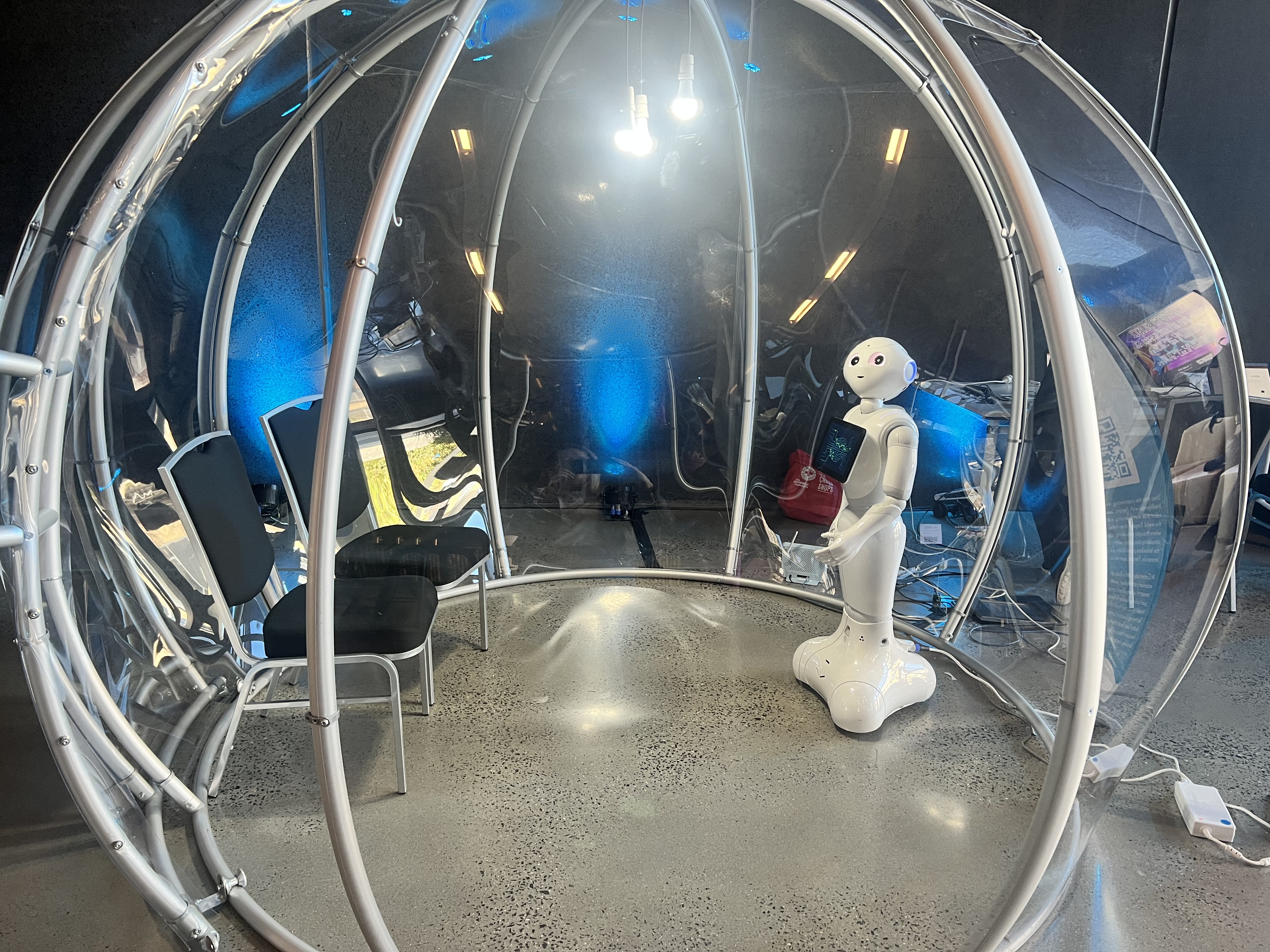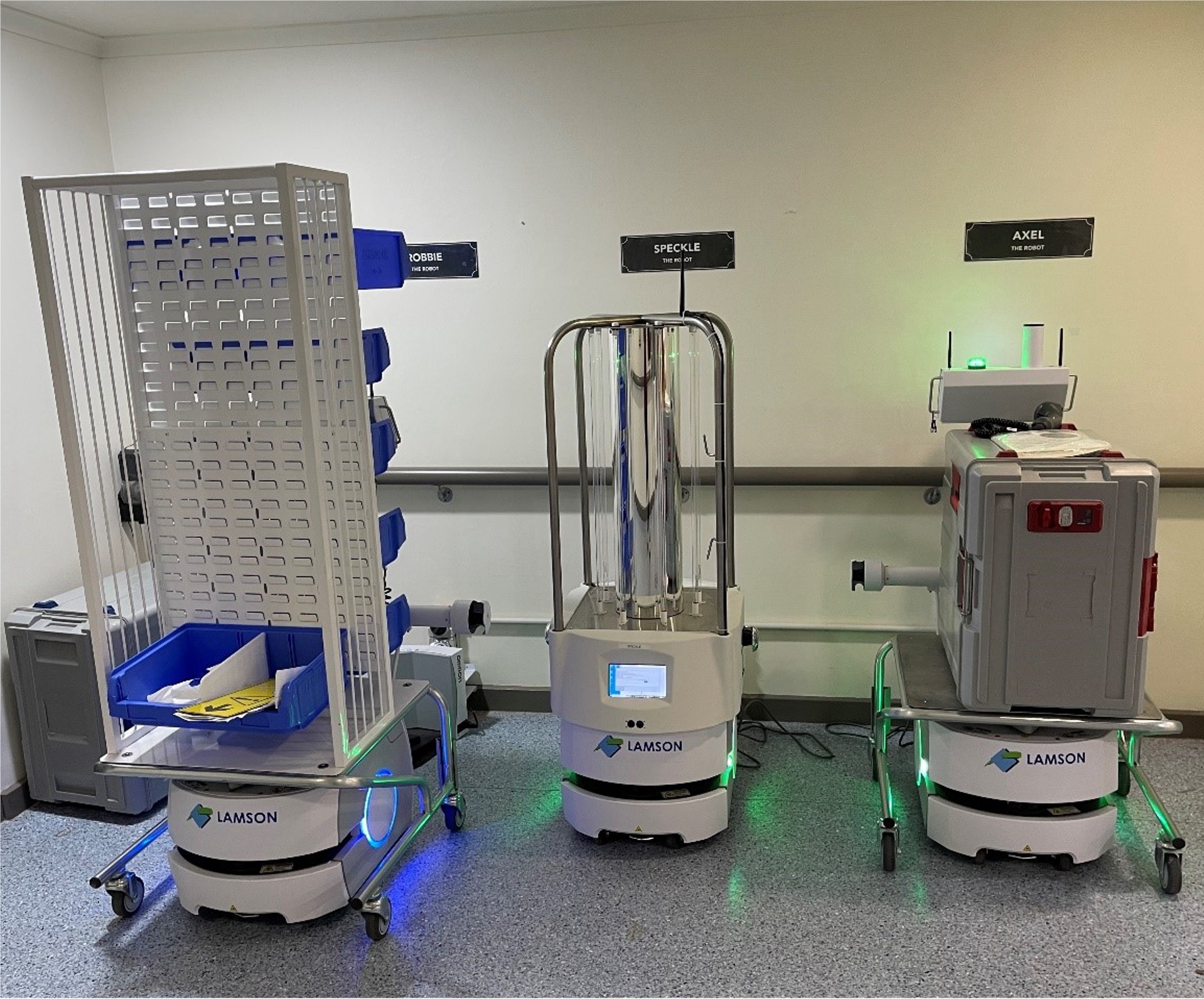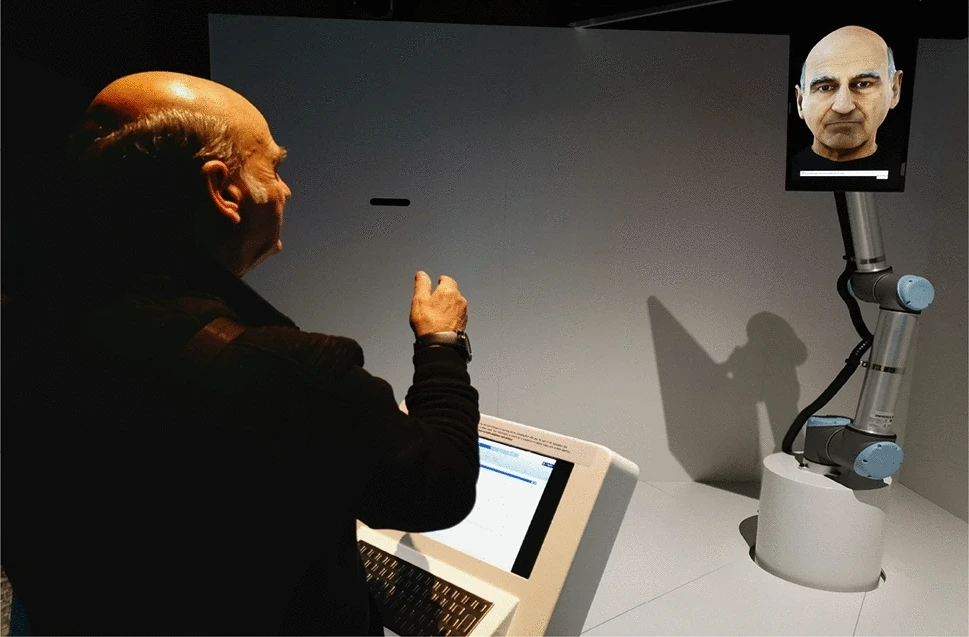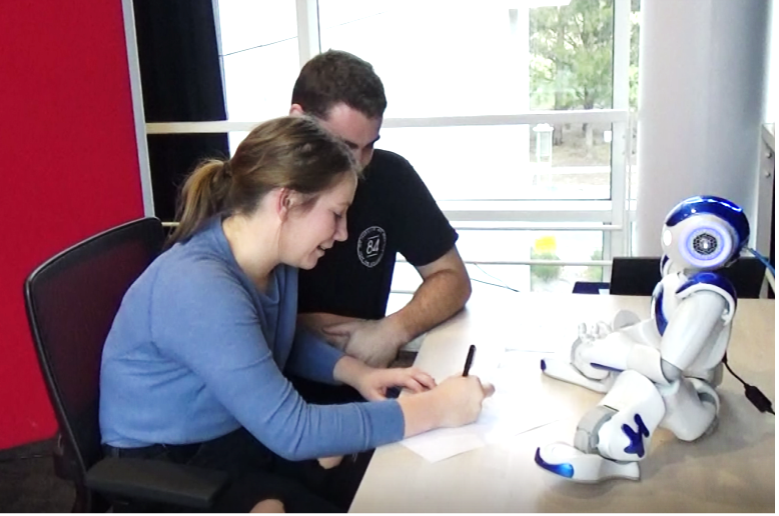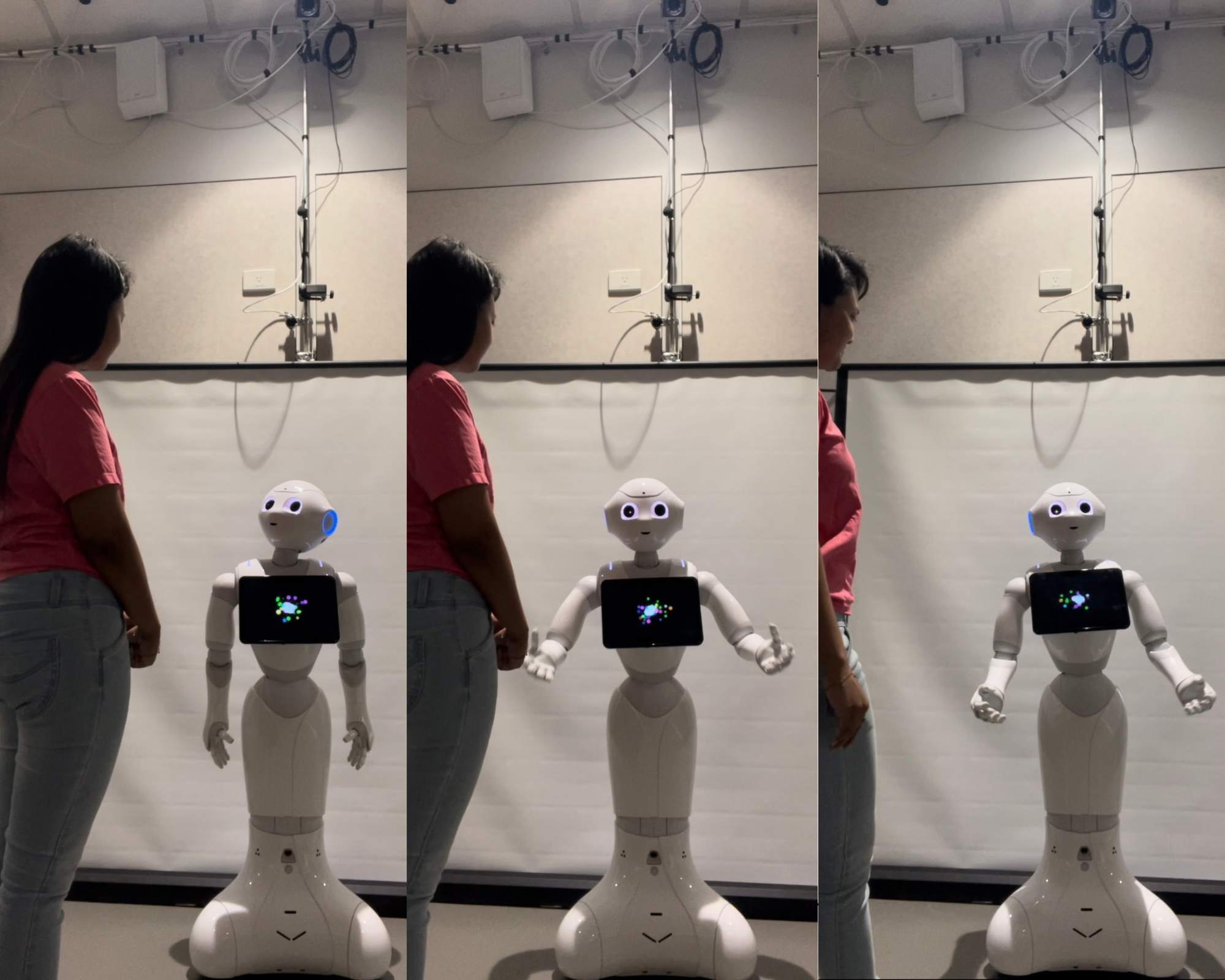
 Damith Herath
Damith HerathDevelopment of a Self-Modulating Model for a Robotic Embodied System
Human beings possess a unique and highly evolved capacity to dynamically regulate their level of social presence in response to environmental cues, social norms, and contextual expectations—a capability that plays a crucial role in shaping Human-Robot Interaction (HRI). Yet, its modulation remains an underexplored area in embodied robotic systems. This research advances the field by systematically redefining social presence within HRI and developing a novel framework for its dynamic modulation.

